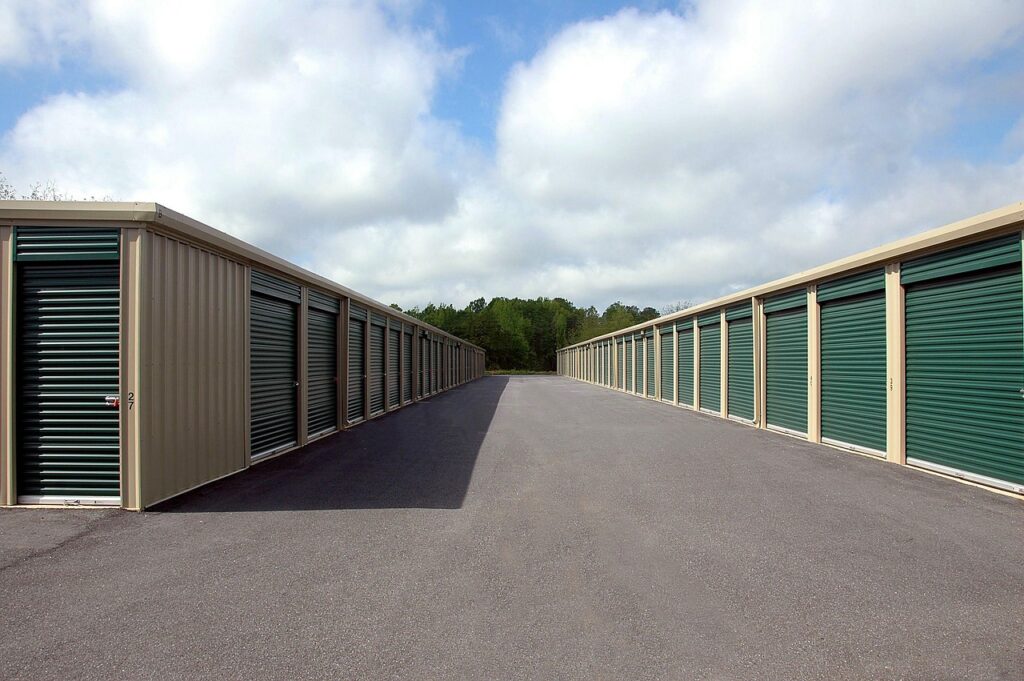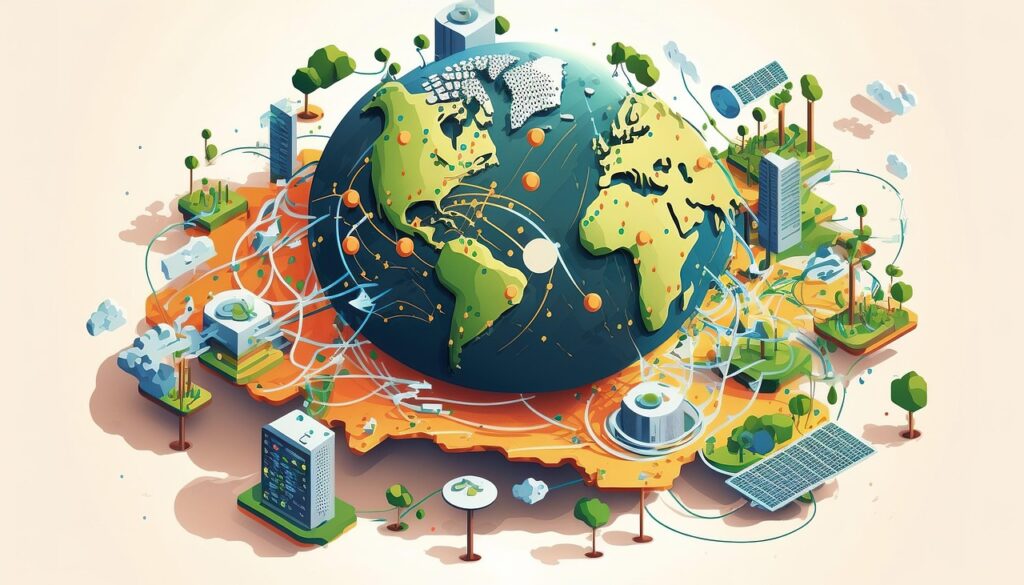
Have you ever wondered why there are suddenly more extreme natural disasters than usual? Major flooding in one place, severe drought in another, or stronger storms? These are all impacts of climate change, and they are not only felt in nature but also directly on our dinner tables, in the stores where we shop, and even in factories around the world. Yes, climate change is now one of the biggest threats to the stability of global supply chains.
Supply chains are like the nervous system of the world economy. From the raw materials to the production process to the finished product reaching our hands, everything is interconnected. When climate change causes disruptions, whether it’s due to natural disasters or shifting weather patterns, this entire system can go awry. Businesses that used to rely on stable weather conditions will now have to rethink.
How Is Climate Change Shaking Up Supply Chains?
The impacts of climate change on supply chains are multi-layered and often not immediately apparent:
- Transportation Disruption: This is the most obvious impact of climate change. Floods can submerge roads and railways, tropical storms close ports and airports, or extreme droughts make rivers impassable for cargo ships. All of these cause shipping delays, increased logistics costs, and even damage to goods.
- Resource Scarcity: Climate change is causing water scarcity in some areas, which is essential for agriculture and many industrial processes. Heat waves and droughts also damage harvests, causing a shortage of agricultural raw materials. This forces companies to find new sources or face significant price increases.
- Damage to Production Facilities: Factories and warehouses built in disaster-prone zones can be severely damaged by floods, storms, or forest fires triggered by climate change. This halts production and causes huge losses.
- Commodity Price Fluctuations: When the production of raw materials is disrupted by extreme weather, the price of commodities (e.g., wheat, coffee, cotton, or certain metals) can spike sharply. This directly affects the cost of production and the selling price of the final product.
- New Geopolitical Risks: Resource scarcity due to climate change could trigger interstate tensions or even conflicts, which in turn will further disrupt global supply chains.
- Shifting Production Locations: Some companies may have to consider relocating production facilities from areas vulnerable to climate change impacts to safer locations, which will require substantial investment.
Supply Chain Adaptation Strategies to Climate Change
Given this serious threat, companies can no longer be passive. They must proactively adopt adaptation strategies to make their supply chains more resilient and sustainable in the face of climate change.
- Diversify Suppliers and Locations: Don’t just rely on one supplier or one production location. Having alternatives from different regions with different climate conditions can be a lifesaver when one region is affected by climate change.
- Climate Risk Management: Conduct a thorough risk assessment to identify which areas of the supply chain are most vulnerable to climate change and prepare a mitigation plan.
- Invest in Resilient Infrastructure: Build facilities that can withstand extreme weather, such as flood-proof warehouses or improved transportation routes.
- Technology Utilization: Using big data analytics, artificial intelligence, and IoT to predict extreme weather patterns, track shipments in real-time amid disruptions, and optimize routes to avoid affected areas.
- Sustainable Logistics (Green Logistics): Not only adapting but also contributing to solutions. This includes the use of electric vehicles, route optimization to reduce emissions, and the use of renewable energy in logistics facilities.
- Collaboration and Transparency: Sharing information and working together with all partners in the supply chain to build resilience together.
Given the complexity of climate change impacts on supply chains and the importance of adaptation strategies, the need for competent professionals in this field is high. These are individuals who can combine logistical understanding with environmental awareness and data analysis skills.
For those of you who are interested in being part of the solution in the midst of this climate crisis, studying at S1 Logistics Engineering can be a very strong provision. The curriculum there will equip you with knowledge about resilient supply chain strategies, how to manage risks, and how to utilize technology to create supply chains that are not only efficient but also sustainable and ready to face the challenges of climate change in the future. This is an important role in building a greener and more stable future for businesses and our planet.
Tags: Teknik Logistik | S1 Teknik Logistik | S1 Teknik Logistik Telkom University | Telkom University








